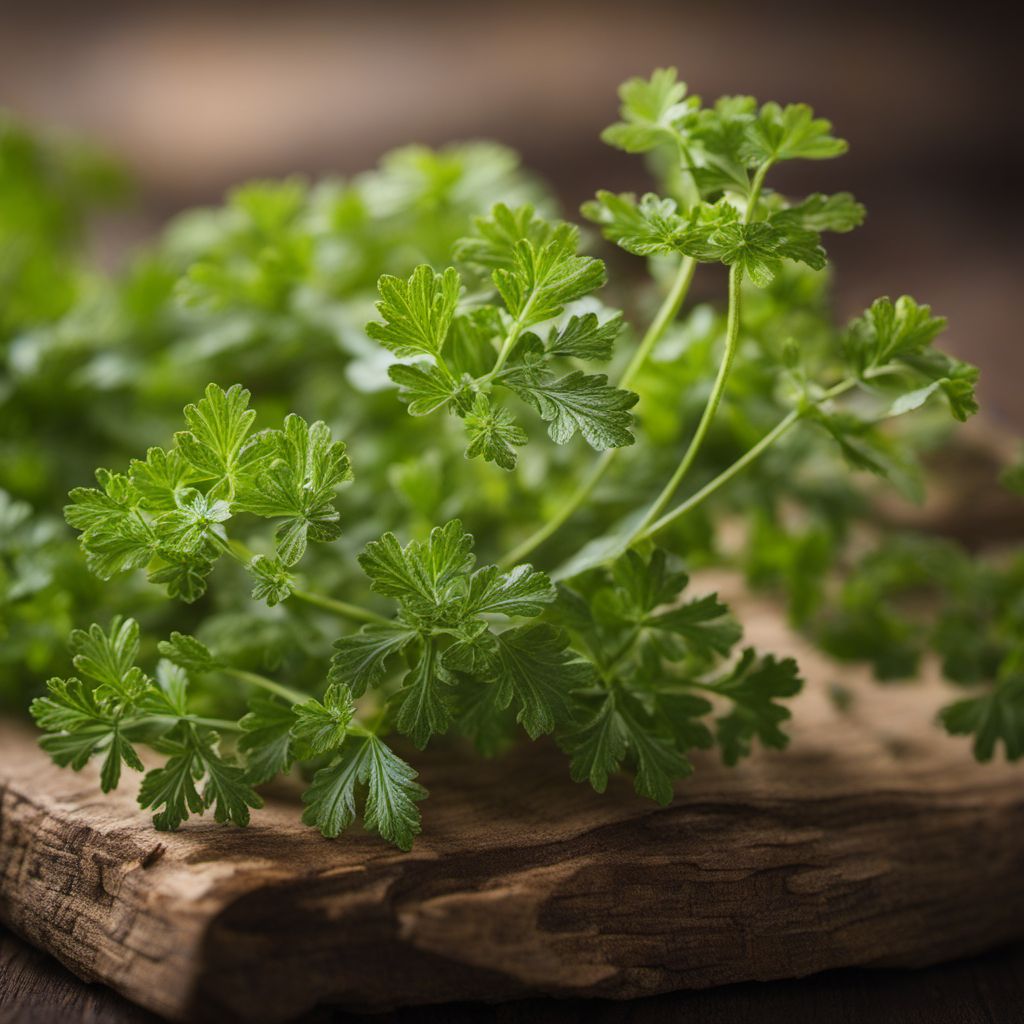
Ingredient
Sweet cicely
The Delicate Herb: Unveiling the Secrets of Sweet Cicely
Sweet cicely, also known as Myrrhis odorata, is a perennial herb that belongs to the carrot family. It features delicate fern-like leaves and small white flowers that bloom in clusters. The herb has a sweet, anise-like aroma and a mild licorice flavor. Its texture is tender and its appearance adds a touch of elegance to any dish. The leaves are bright green and feathery, while the flowers are small and dainty. When used in cooking, sweet cicely can enhance the overall taste and appearance of a dish.
Origins and history
Sweet cicely is native to Europe and has been used in culinary and medicinal practices for centuries. It has a long history of cultivation and was highly valued in medieval gardens for its sweet flavor and aromatic qualities. The herb was often used as a natural sweetener before the introduction of sugar. It was also believed to have medicinal properties and was used to treat various ailments, including digestive issues and respiratory problems.
Nutritional information
Sweet cicely is a good source of vitamins A and C, as well as minerals like potassium and calcium. It is low in calories and contains dietary fiber, making it a healthy addition to meals.
Allergens
There are no known allergens associated with sweet cicely.
How to select
When selecting sweet cicely, look for fresh, vibrant leaves and flowers. Avoid any wilted or discolored parts. The leaves should be crisp and the flowers should be intact. If purchasing from a farmers market, choose organic options whenever possible to ensure the highest quality.
Storage recommendations
To maintain the freshness of sweet cicely, store it in a plastic bag or airtight container in the refrigerator. It can also be preserved by drying the leaves and flowers and storing them in a cool, dark place.
How to produce
Sweet cicely can be easily grown in a home garden. It prefers well-drained soil and partial shade. Sow the seeds in early spring or late summer and keep the soil moist until germination. Once established, the plant requires minimal care and can be harvested throughout the growing season.
Preparation tips
Sweet cicely can be used in both sweet and savory dishes. The leaves can be chopped and added to salads, soups, or stews for a subtle anise flavor. The flowers make a beautiful garnish and can be used to decorate cakes or desserts. The herb can also be infused into syrups, teas, or cocktails for a unique twist. When using sweet cicely, start with a small amount and adjust according to taste, as its flavor can be overpowering if used in excess.
Substitutions
If sweet cicely is not available, fennel fronds or anise seeds can be used as substitutes to achieve a similar flavor profile.
Culinary uses
Sweet cicely is commonly used in Scandinavian, British, and French cuisines. It is often used to sweeten rhubarb dishes, fruit compotes, and jams. The herb pairs well with fish, poultry, and root vegetables, adding a subtle sweetness to savory dishes. It can also be used to flavor liqueurs and vinegars.
Availability
Sweet cicely is commonly available in Europe, particularly in countries like Sweden, the United Kingdom, and France.
More ingredients from this category » Browse all
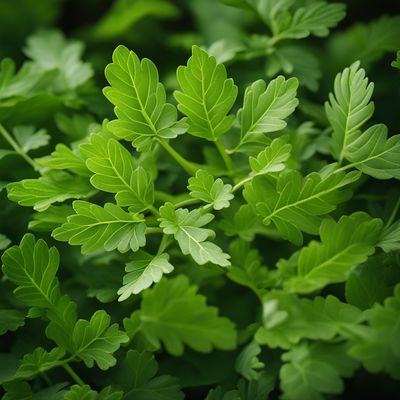
Lovage leaves
The Herbaceous Elixir

Angelica (leaves and stems)
The Heavenly Herb

Fenugreek leaves
Aromatic Herbaceous Delight

Culantro leaves
The Vibrant Herb: Culantro Leaves

Herb of grace
The Divine Herb: Unveiling the Secrets of Herb of Grace
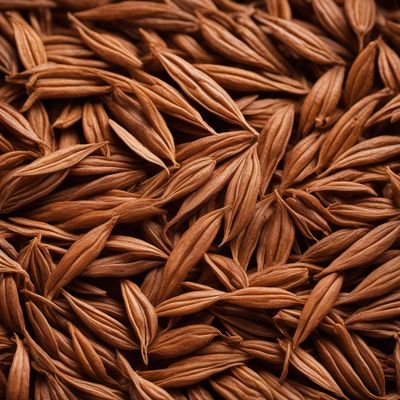
Caraway leaves
The Aromatic Herb: Unveiling the Secrets of Caraway Leaves
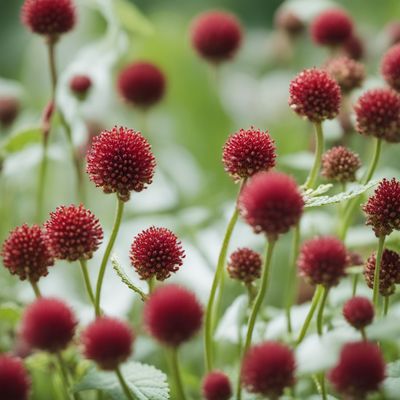
Burnet
The Herb of Coolness

Sorrel
The Tangy Herb: Unveiling the Secrets of Sorrel

Celery leaves
The Unsung Heroes: Exploring the Versatility of Celery Leaves
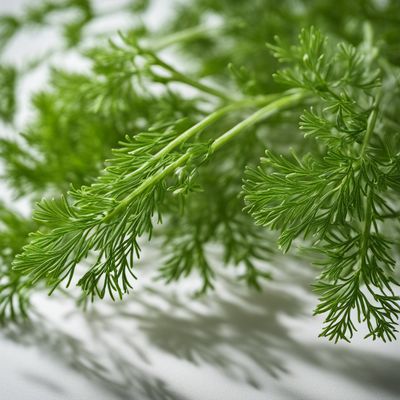
Dill leaves
The Delightful Herb: Dill Leaves

Pimpernel
The Scarlet Beauty: Pimpernel's Vibrant Flavors
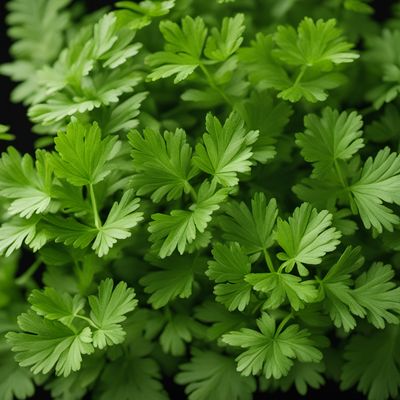
Coriander leaves
The Vibrant Herb: Unveiling the Magic of Coriander Leaves